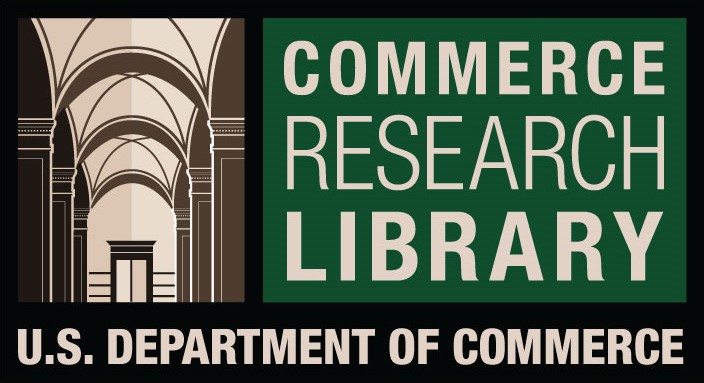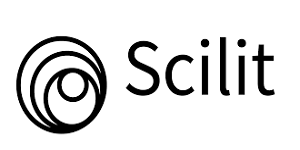Use of Reflective Teaching in Reading Comprehension Achievement among Students with Emotional Behavioral Disorder
DOI:
https://doi.org/10.61841/s4wq2292Keywords:
Emotional behavior disorder, Reading comprehension, Reflective teaching, science teachingAbstract
In this study, reflective teaching was used to improve the reading comprehension achievement of
students with emotional behavioral disorder in Nsukka Local Government Area of Enugu State, Nigeria.
Particular attention was paid to the location of the schools as moderating factor. Three research questions and
two null hypotheses guided the study. The population of the study was 152 Junior Secondary School II1 students
with emotional behavioral disorder. A sample of 35 of the students from four co-educational schools was used
for the study. Reading Comprehension Achievement test was used to collect data. The instrument was face
validated by three experts, from University of Nigeria Nsukka. Content validation of the instrument was ensured
through the use of a test blueprint. A reliability index of 0.86 was obtained using Pearson’s product moment
correlation. Data collected were analyzed using mean, standard deviation and analysis of covariance. Results
show that students exposed to reflective teaching achieved higher mean reading comprehension than their
counterparts in the control group. There was no significant interaction effect of method and location on reading
comprehension achievement of students with emotional behavioral disorder.
Downloads
References
1. Barkley, R. A. (2006). Attention deficit hyperactivity disorder: A handbook for diagnosis and treatment
(3rd ed). Guilford.
2. Durkin, M. U. (1993). Improving the reading comprehension of middle school students in inclusive
classrooms. Journal of Adolescent and Adult Literacy, 2, 116 – 124.
3. Gagne, R. (1962). Military training and principles of learning. American Psychologist, 17, 263 – 276.
4. Hammond, H., & Ingalls, L. (2003). Teachers' attitudes towards inclusion: Survey results from
elementary school teachers in the southwestern rural school districts. Rural Special Education Quarterly,
22(1), 255-261.
5. Heflin, L.J., Boreson, L., Grossman, M., Huette, J., &Iigen, J. (1994). Characteristics of emotional and
behavioral disorders of children and youth (7th ed.). Merrill.
6. Individuals with Disability Education Act (2010).Retrieved from
www.ogahomaparaitscenter.org/Dictionary.html
7. Mangal, S.K. (2010). Essentials of educational psychology. New Delhi: PHI Learning Ltd.
8. Nworgu, B. G (2006). Educational research: Basic issues and methodology (2nd Edition). University
trust Publishers Nsukka, Enugu.
9. Obani, T. C. (Ed) (2006). Teaching pupils with special educational needs in the regular UBE classroom.
Ibadan: Oluben Printers Oke-Ado.
10. Okoro, C.J. (2011). Influence of school location on students’ achievement in English language.
(Unpublished M.Ed Project)University of Nigeria.
11. Owoeye, S. (2010). School location and academic achievement of secondary school in Ekiti State,
Nigeria.(Unpublished Ph.D Thesis) International University of Kampala Uganda.
12. Tresco, K. E., Lefler, E. K.,& Power, J. J. (2010). Psychosocial interventions to improve the school
performance of students with attention deficit hyperactivity disorder. Mind Brain, 1(2), 69-74.
13. Umo, U.C. (2004). Effect of innovative instructional strategy on students’ achievement in English
Language. International Journal of Educational Research, 7(1), 89-95.14. Van, D. B., & Espin, J. O. (2012). Reading problems and antisocial behavior: Developmental trends in
comorbidity. Journal of Child Psychology and Psychiatry, 37, 405-418.
15. Wehby, J. H., Falk, K. B., Barton-Artwood, S., Lane, K. L., & Cooley, C. (2003). The impact of
comprehensive reading instruction on the academic and social behavior of students with emotional and
behavioral disorders. Journal of Emotional and Behavioral Disorders, 11, 225-238.
16. World Health Organization(2016). International Statistical Classification of Diseases and Related Health
Problems 10th Revision (ICD-10): Behavioural and emotional disorders with onset usually occurring in
childhood and adolescence (F90–F98)". Retrieved 2 November 2018.
17. Zwozdiak-Myers, P. (2008). Childhood and youth studies. Learning Masters Limited.
Downloads
Published
Issue
Section
License
Copyright (c) 2024 Author

This work is licensed under a Creative Commons Attribution 4.0 International License.
You are free to:
- Share — copy and redistribute the material in any medium or format for any purpose, even commercially.
- Adapt — remix, transform, and build upon the material for any purpose, even commercially.
- The licensor cannot revoke these freedoms as long as you follow the license terms.
Under the following terms:
- Attribution — You must give appropriate credit , provide a link to the license, and indicate if changes were made . You may do so in any reasonable manner, but not in any way that suggests the licensor endorses you or your use.
- No additional restrictions — You may not apply legal terms or technological measures that legally restrict others from doing anything the license permits.
Notices:
You do not have to comply with the license for elements of the material in the public domain or where your use is permitted by an applicable exception or limitation .
No warranties are given. The license may not give you all of the permissions necessary for your intended use. For example, other rights such as publicity, privacy, or moral rights may limit how you use the material.












